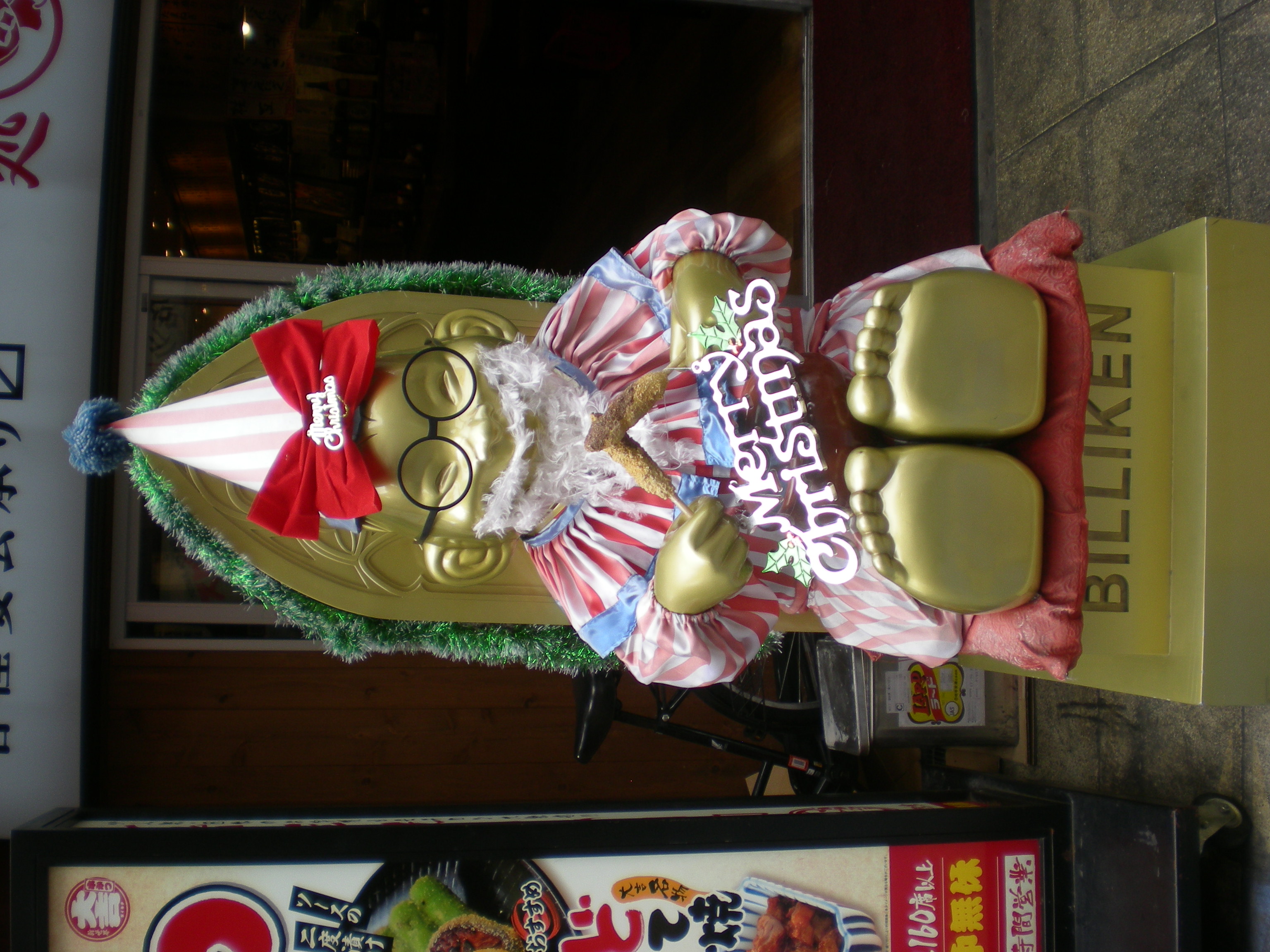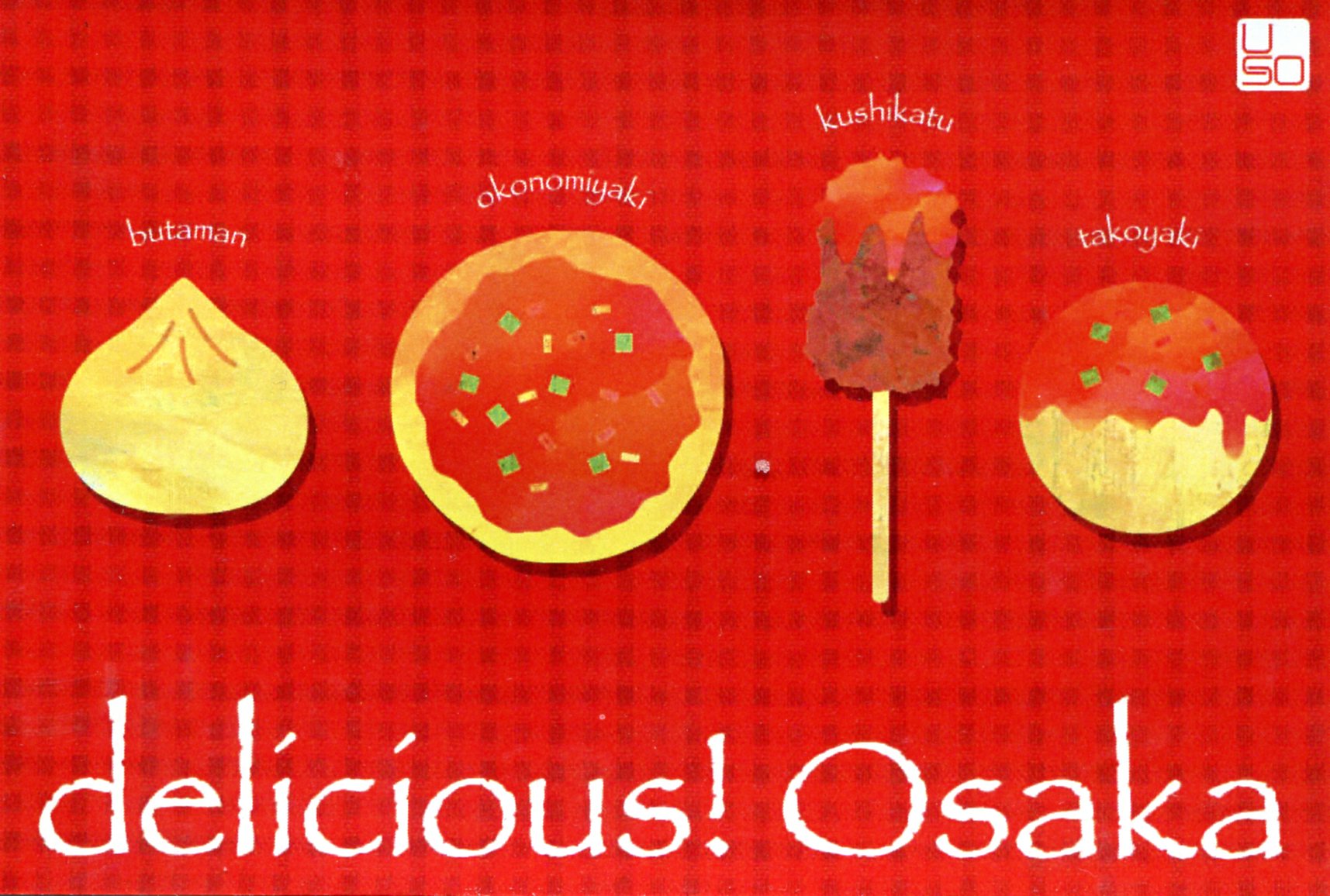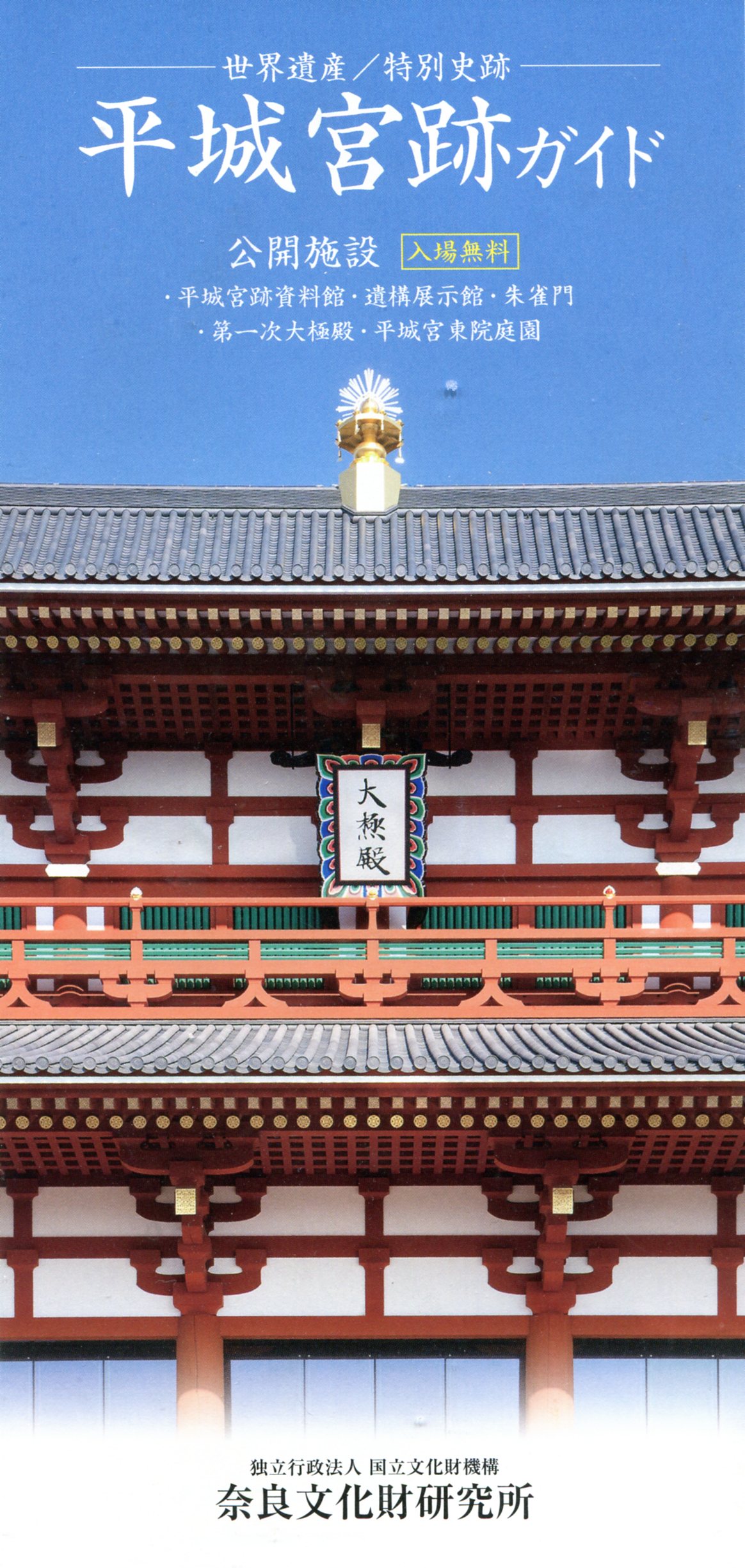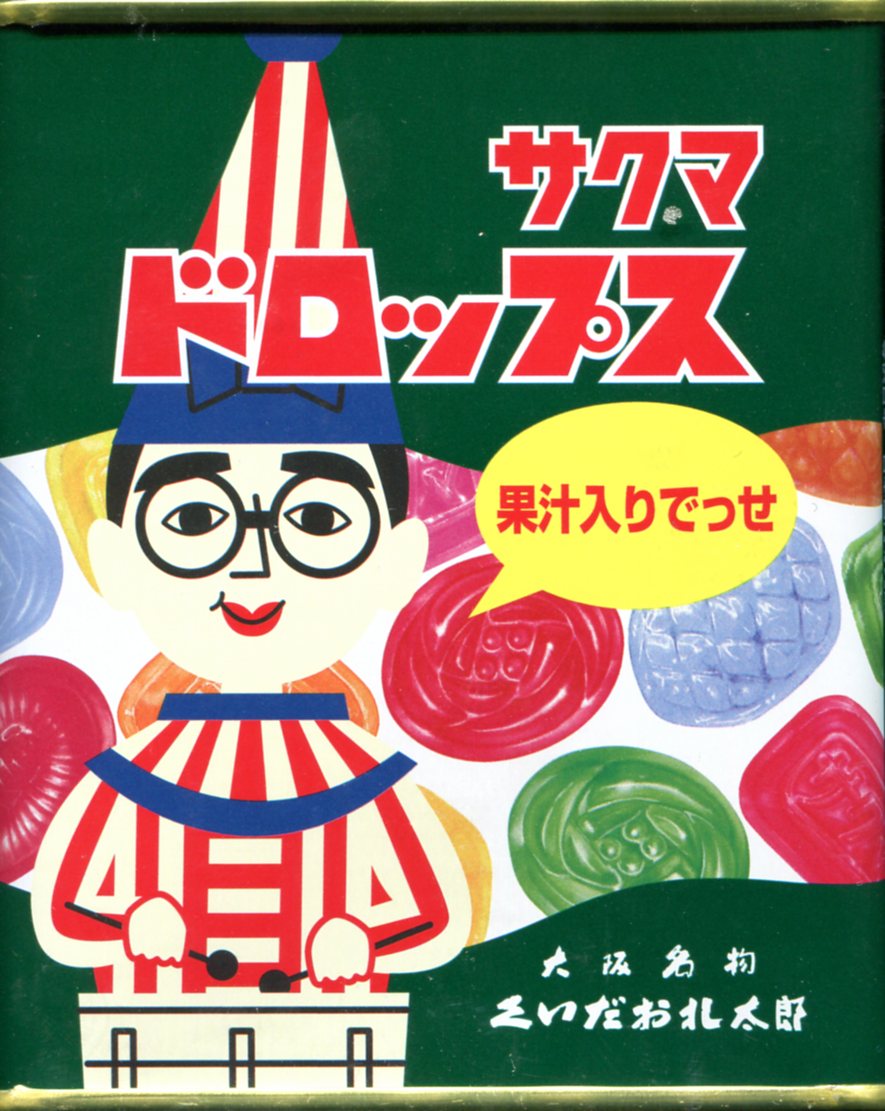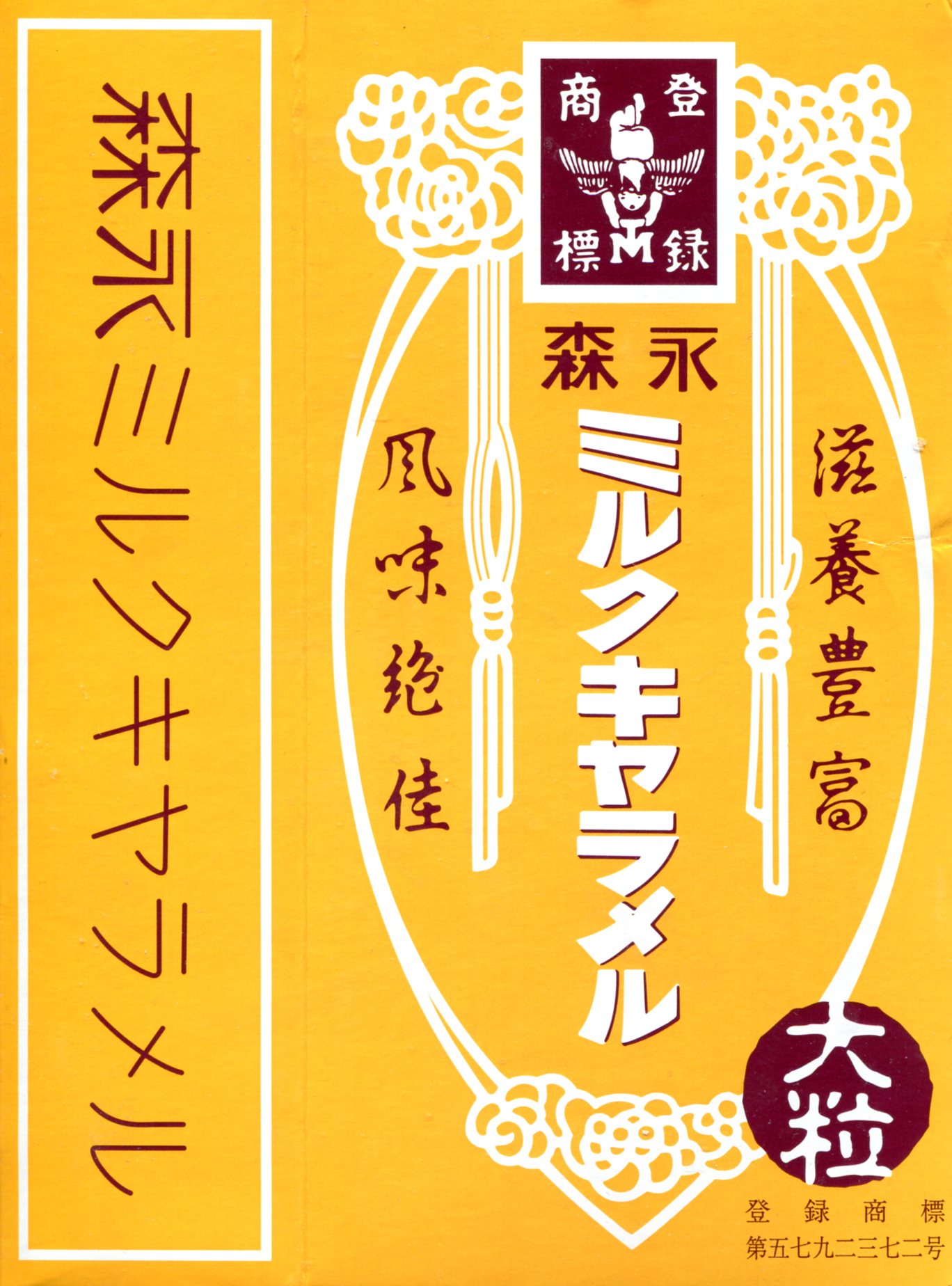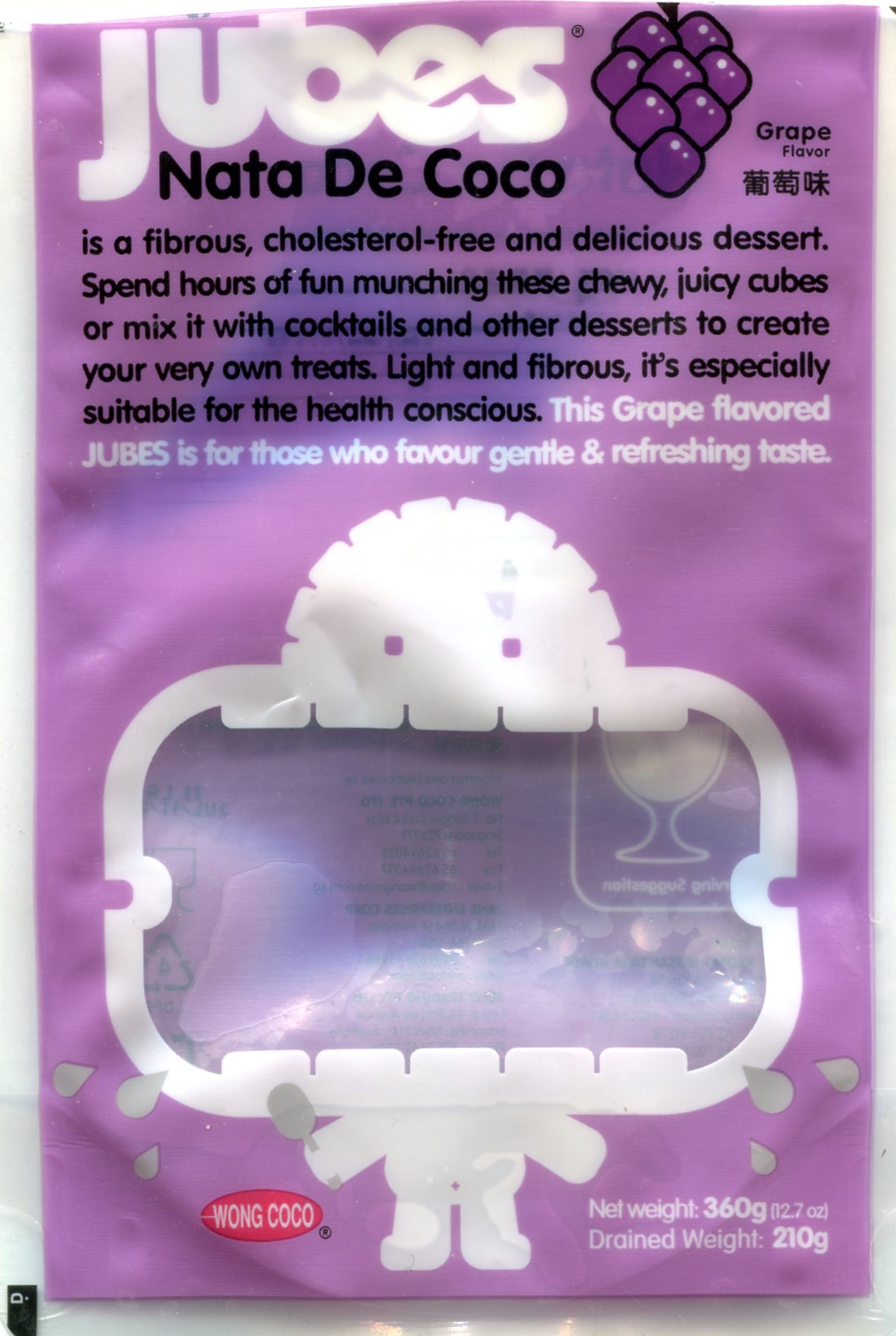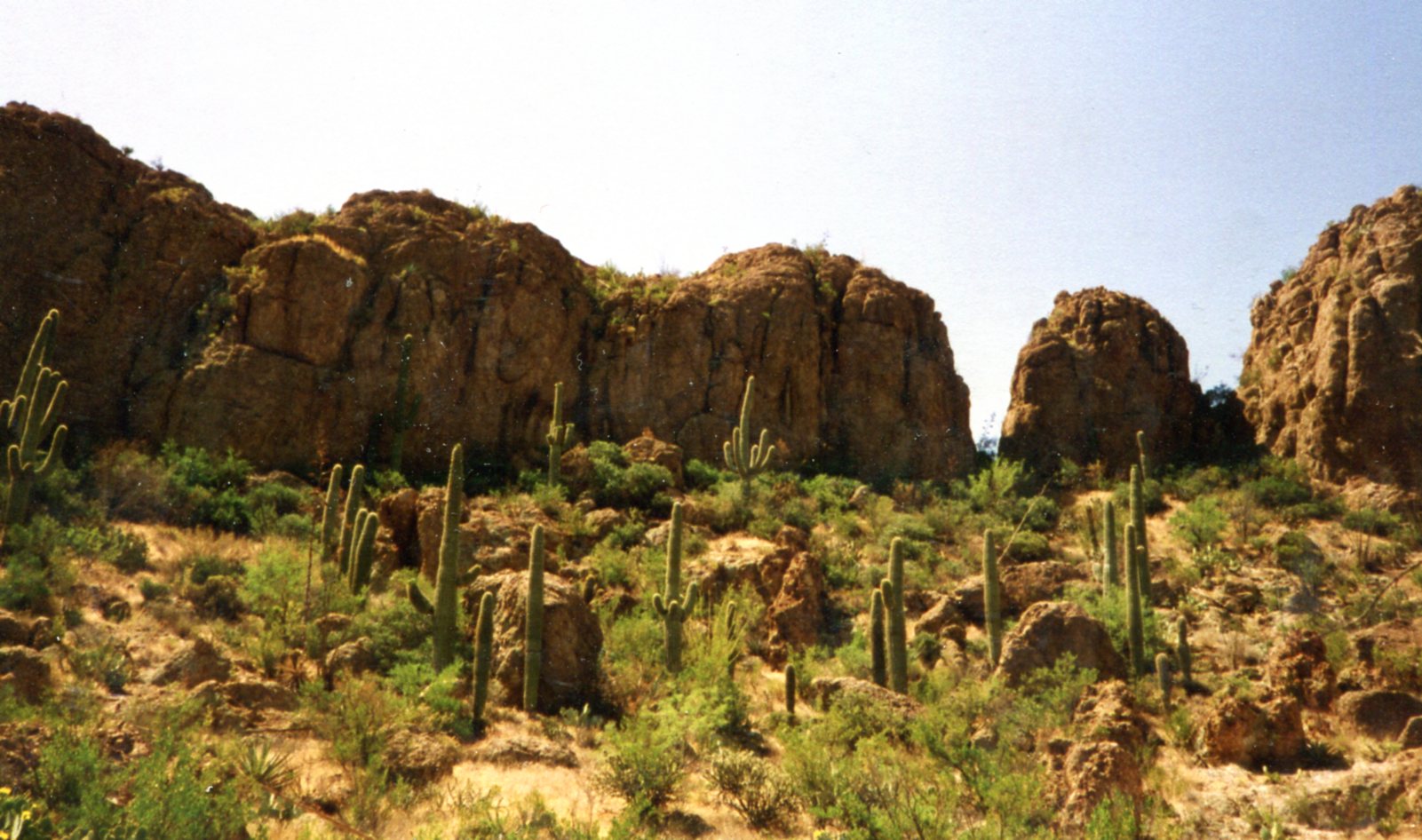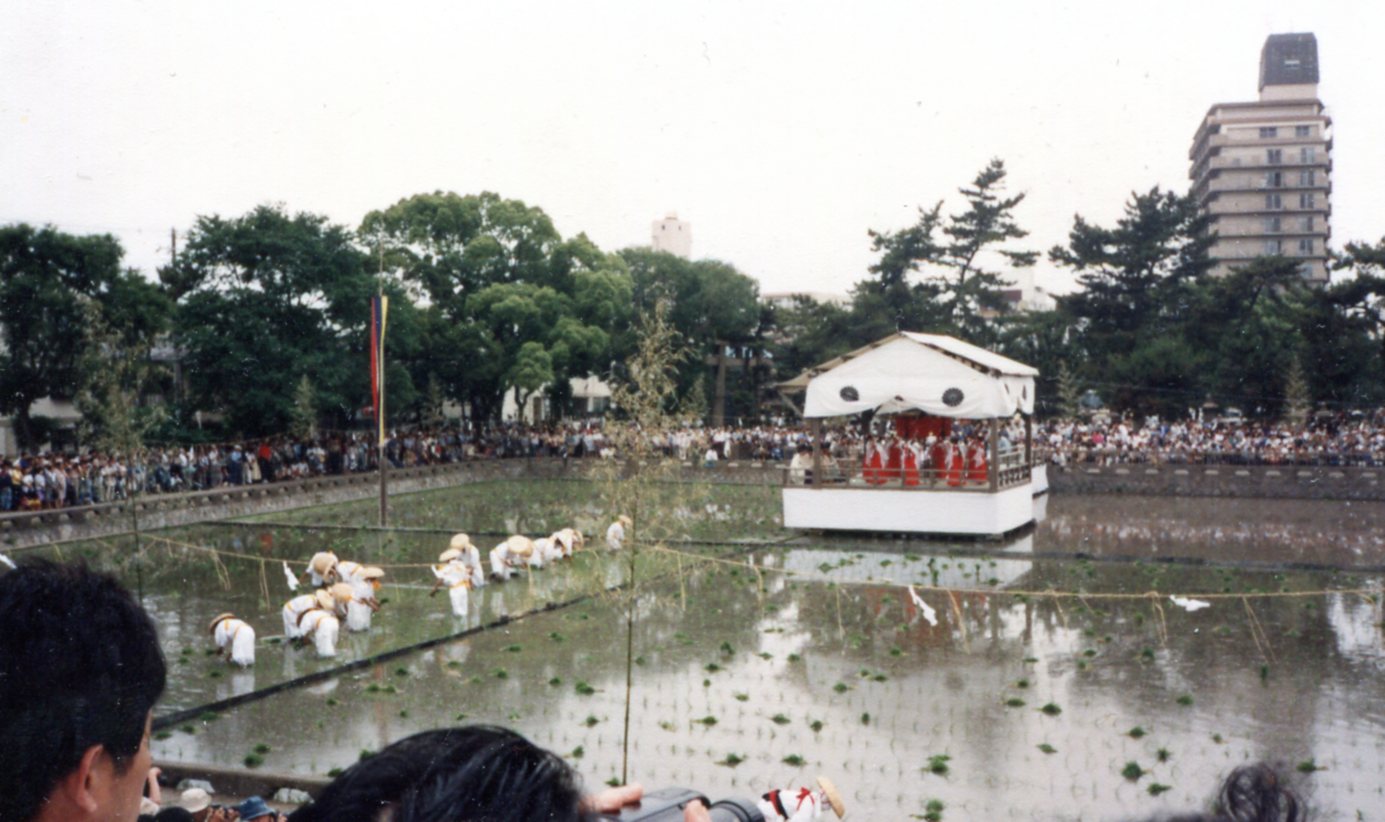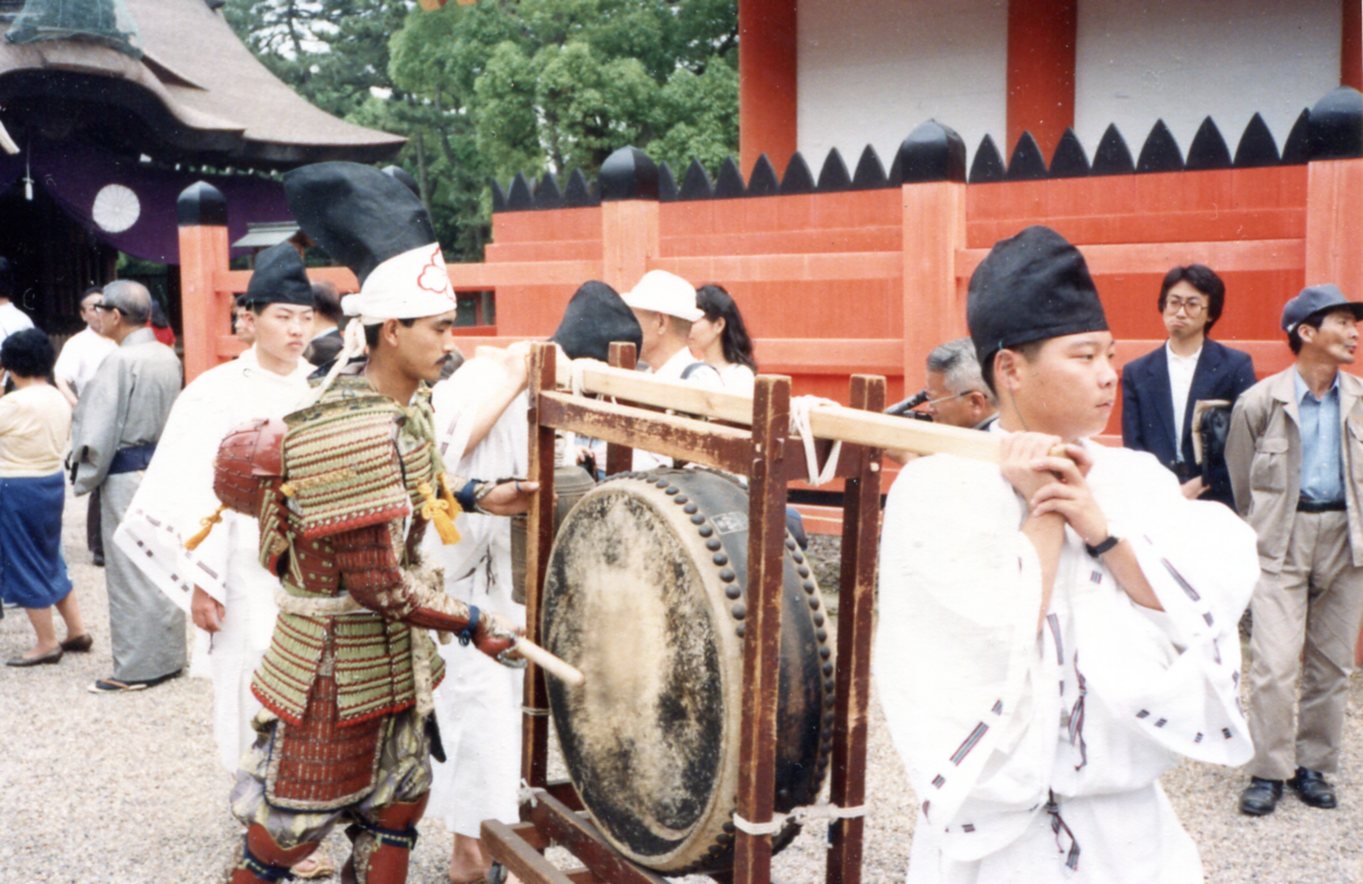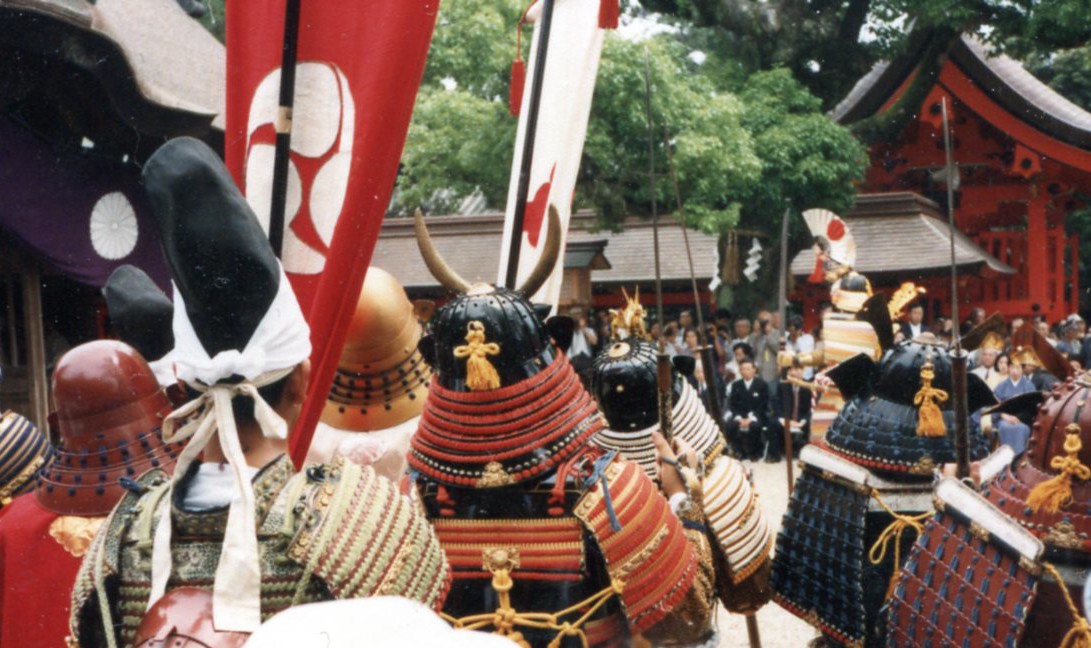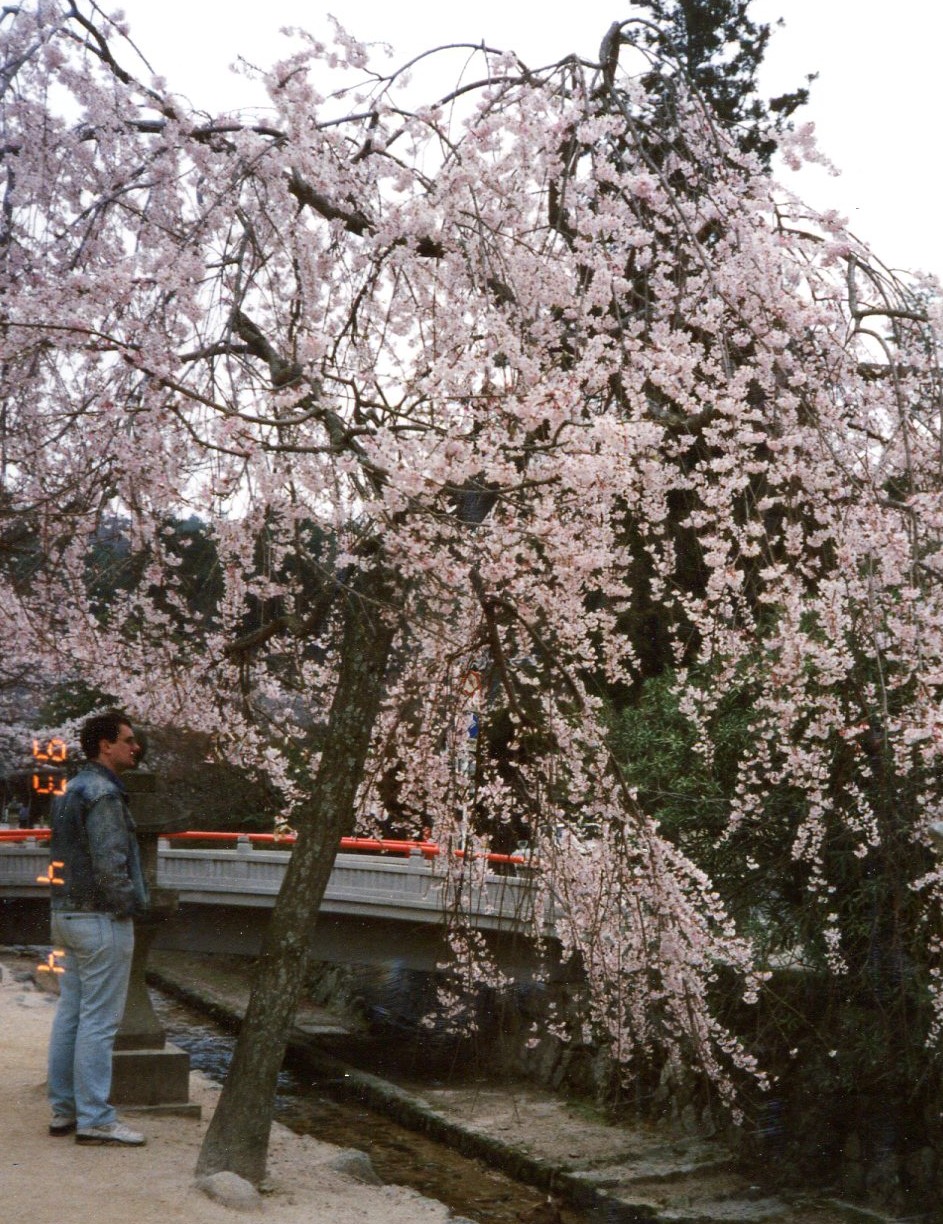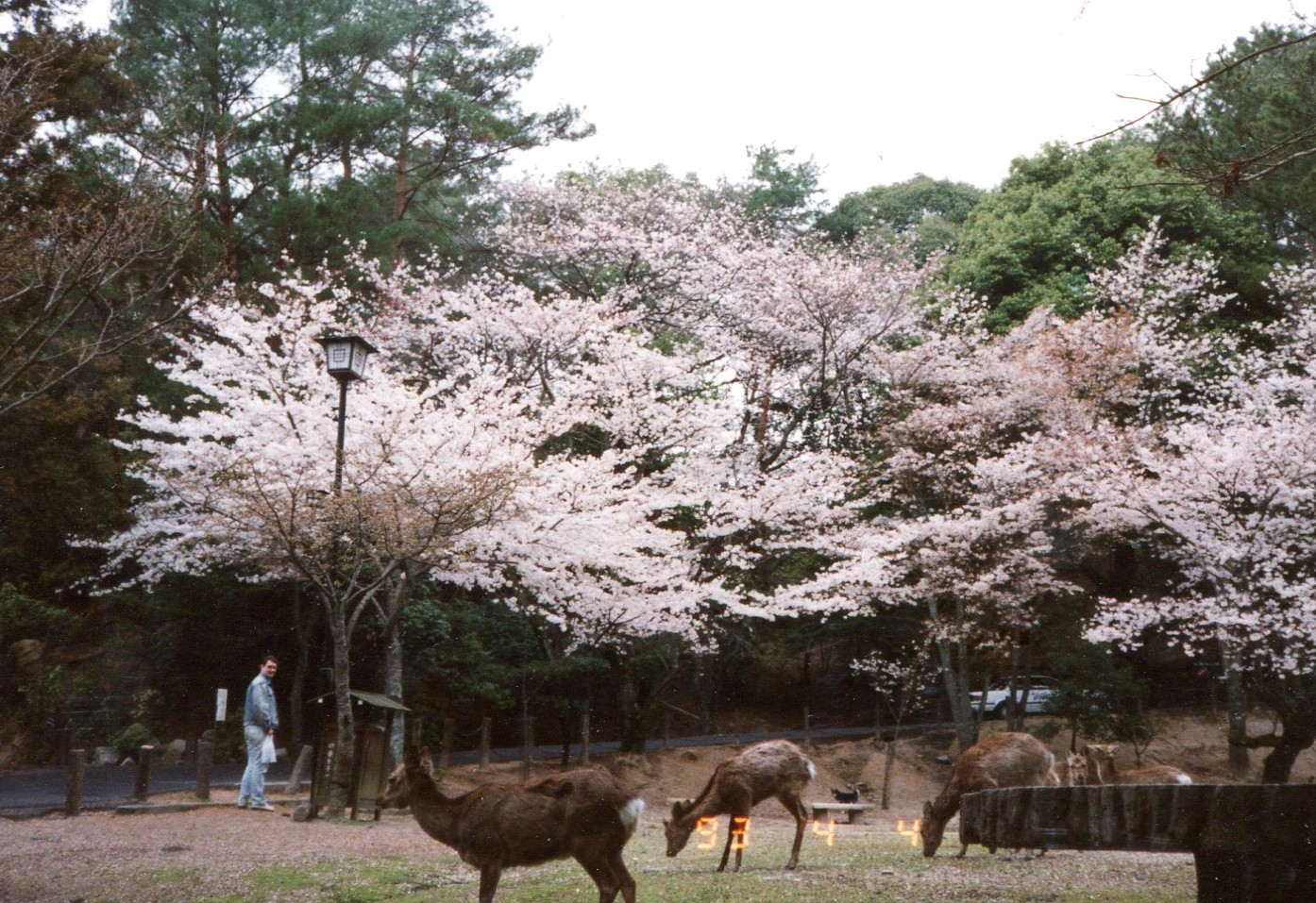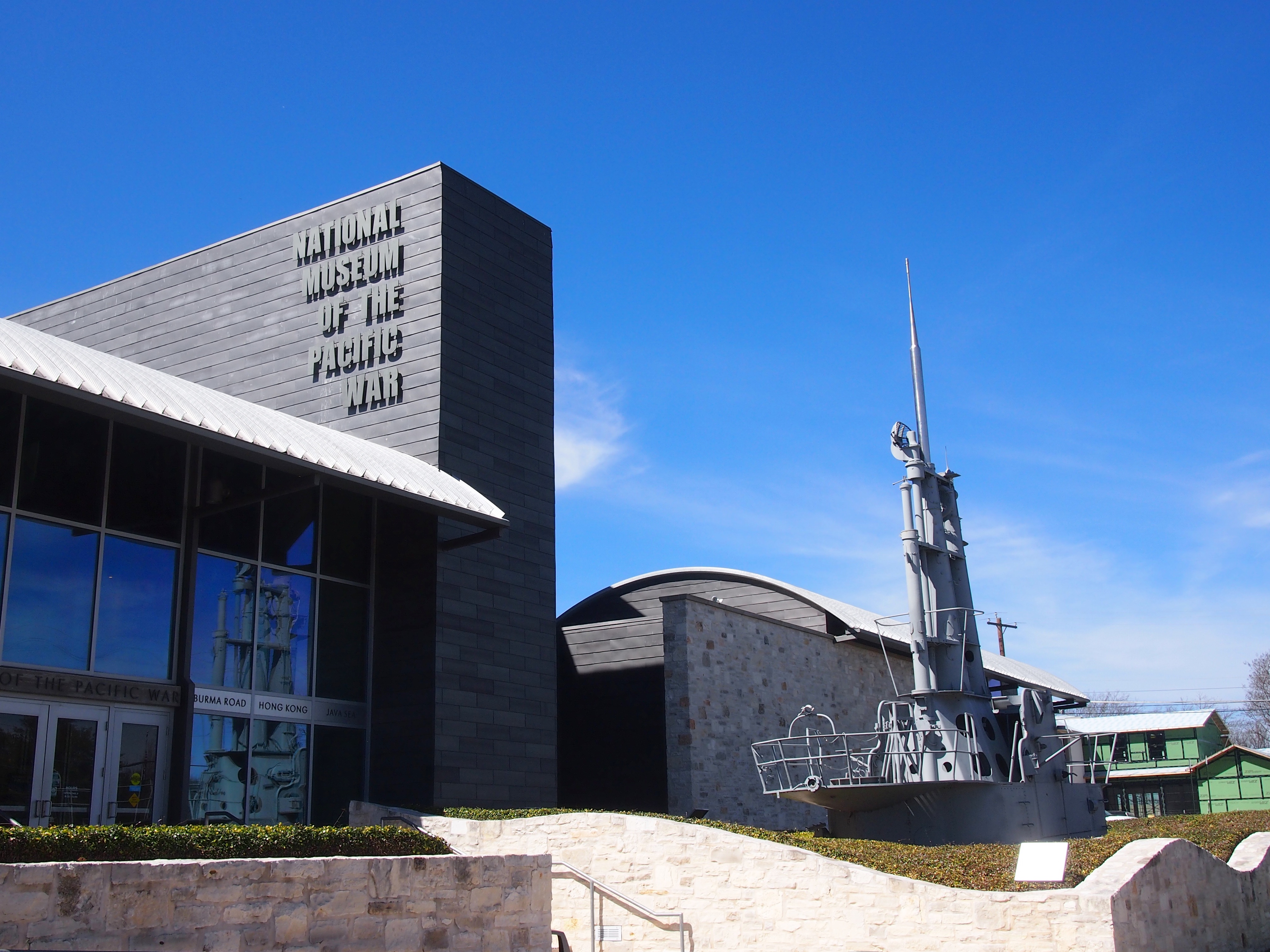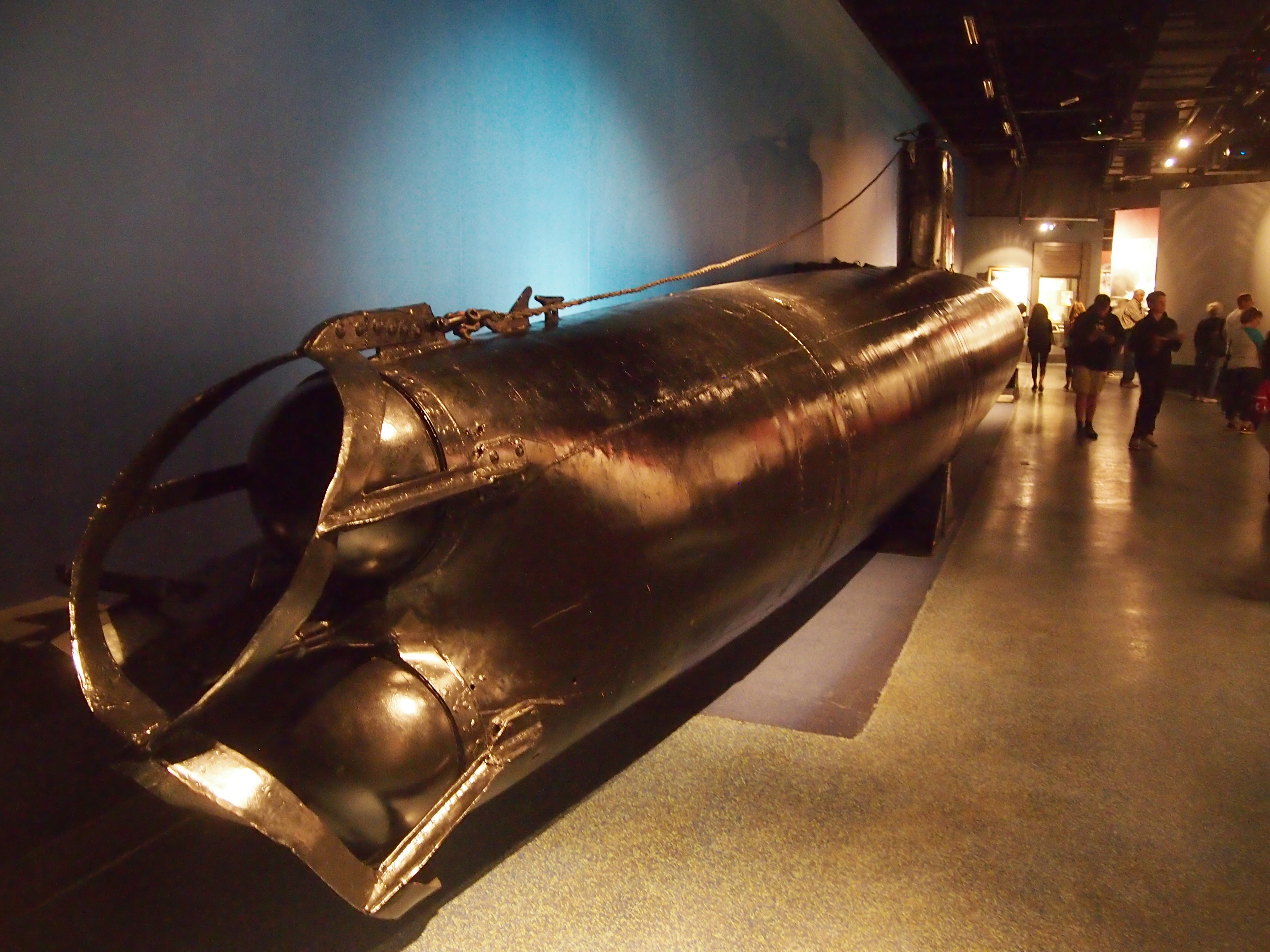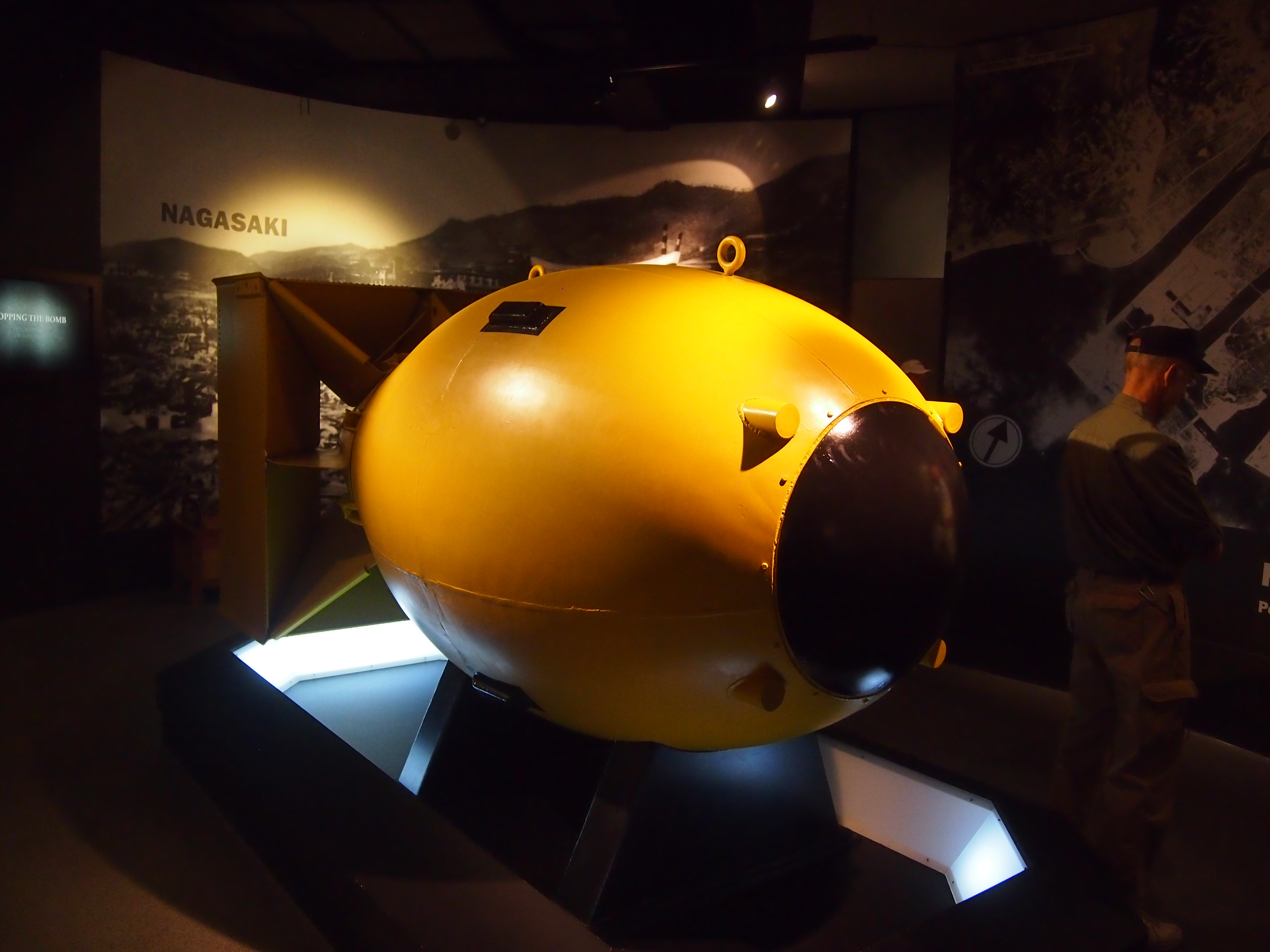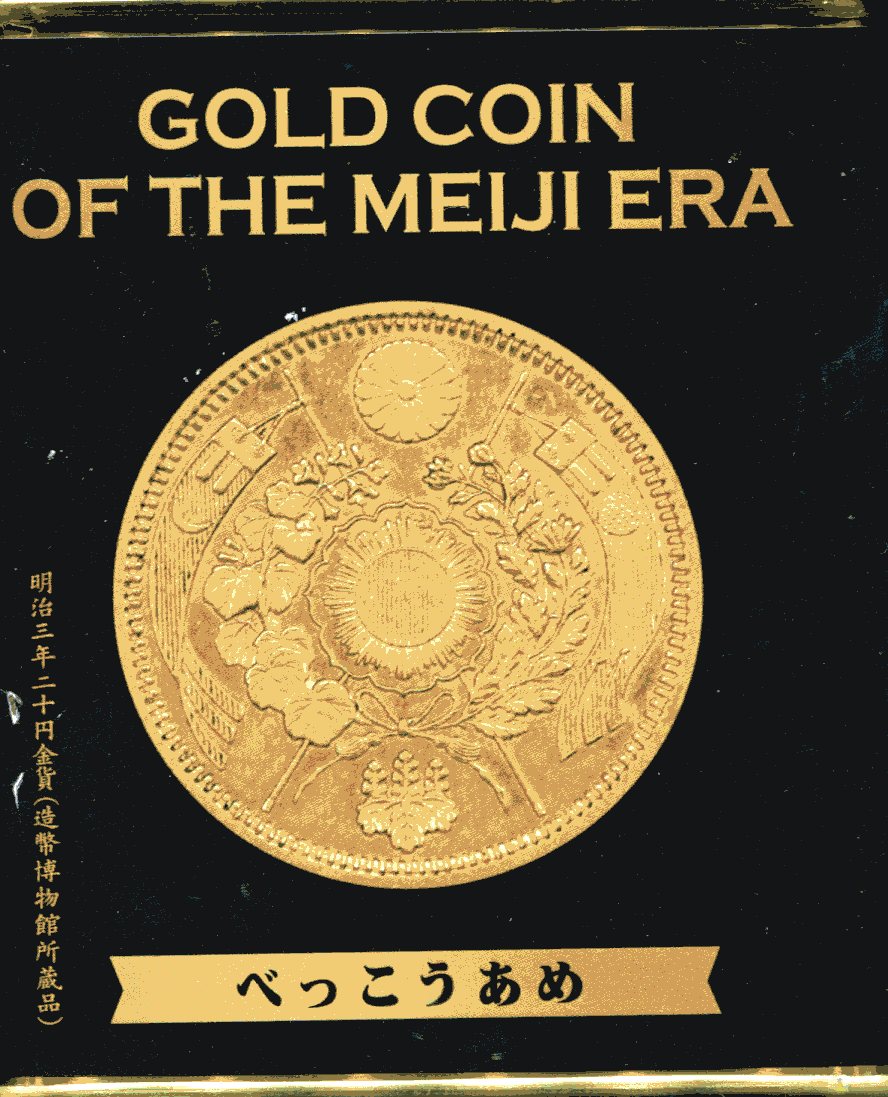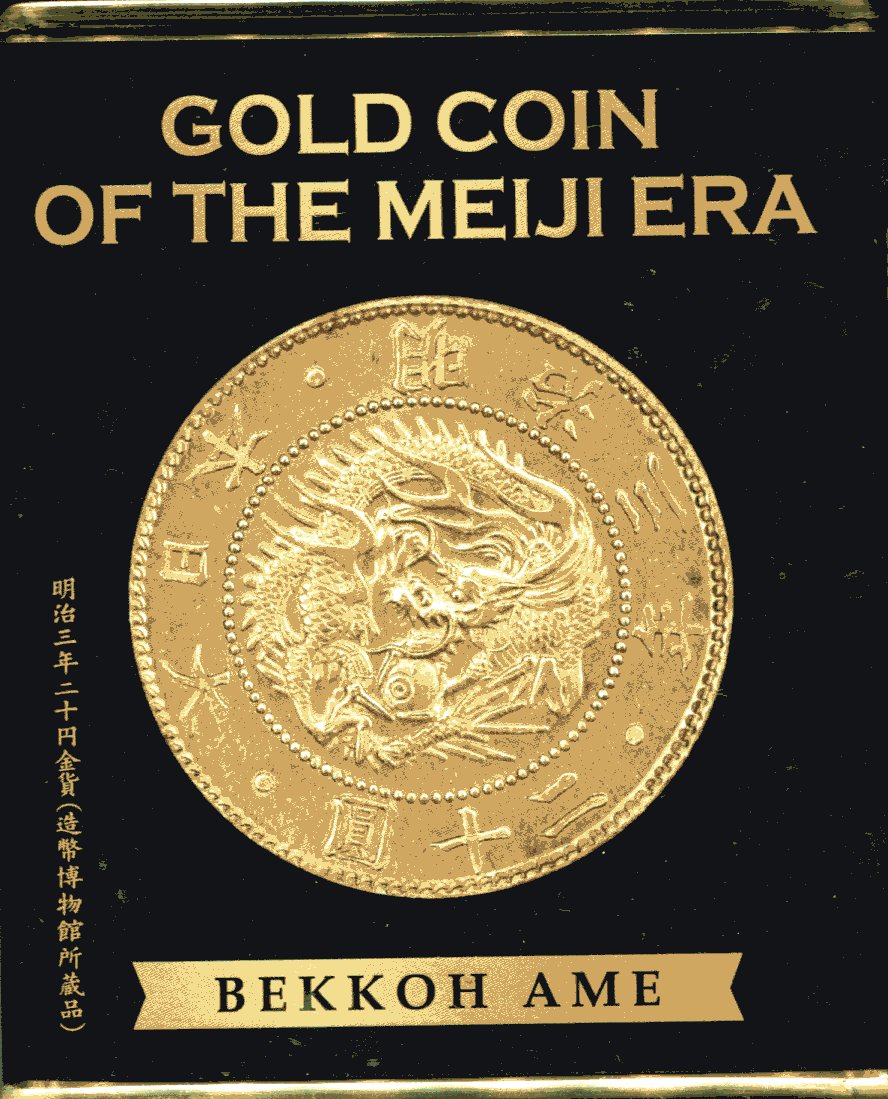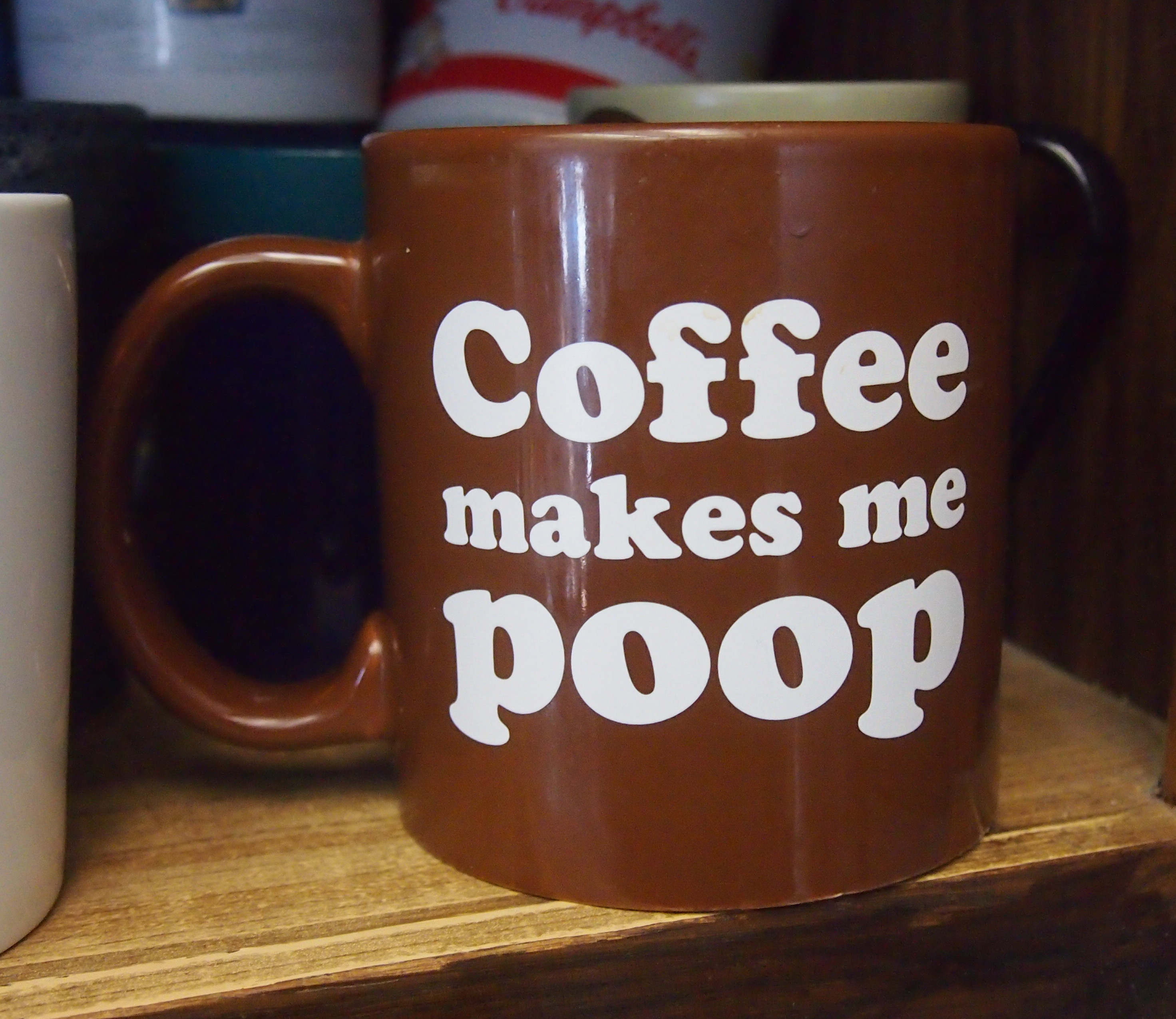It occurs to me that if I lived in Japan now as a fairly youthful expat, instead of 25 years ago, I probably could order anything I wanted on Amazon or Alibaba, maybe, though I don’t know how much purchase the latter site has in Japan. It would be expensive, of course, but what isn’t in Japan?
Those online retailers might be one of the marvels of the age, but essential to the experience of being an expatiate is going out and finding things you need or want, by design or chance, using scraps of information from native and non-native sources (gaijin lore, I used to call the latter). Or so I believe. Amazon and Alibaba aside, the hunt for consumer goods among non-Japanese in Japan must also be facilitated by smartphones these days. It must be a wholly different experience, and I’m not persuaded it’s a better one.
I thought of all this looking at bits of letters I wrote in early 1992.
Feb. 1
I went to Kyoeido import store yesterday, a place I discovered by chance about a year ago. It’s a wonderful place. You never know what they’re going to have. Yesterday I noticed a bottle of Egri Bikavér in a bin of ¥1000 wines. Good value, that.
[To save a trip to the wine-speak in Wiki: Egri Bikavér, in English Bull’s Blood, “is a red blend produced in Eger. It is the true essence of the red wines of Eger, a terroir wine, which carries the flavour of the soils of local production sites, the mezzo-climate unique to the region and the traditions and mores of local residents, from the selection of varieties to choosing the period and method of grape processing and mellowing.”
I discovered the wine when I lived in Nashville. I probably bought it for the first time because of the novelty of a vintage from still-behind-the-Iron-Curtain Hungary.]
I asked the shopkeeper if he always had Bull’s Blood on hand. Actually I said, “Here, in this place, this thing is always here?” in my rudimentary Japanese. I didn’t fully understand the answer, but caught enough to know that wine imports from Hungary are an iffy proposition. He showed me a second bottle that I hadn’t seen, and I bought that too.
Feb. 20
Like a fool, I went to Kyoeido today. I always drop more money there than I intend. I saw a big stack of big jam jars, maybe containing half a kilo each. On closer inspection, the jam turned out to be from Russia, though labeled from the CIS. (That still sounds like a microchip manufacturer.)
The jam sure was cheap. I had to wonder what was wrong with it. In the end, I bought a slightly more expensive, smaller jar of Bulgarian jam instead, which is reputed to be good, and maybe not too radioactive.


